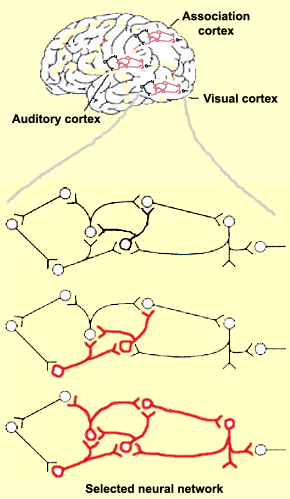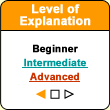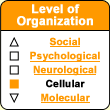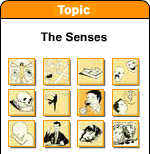|
|


“I
have it at the tip of my tongue!”
Oligomers
Help Us Keep Our Memories
Glial
Cells Too Are Sensitive to the Environment
The
Collective Intelligence of Human Groups
The
“Coming Out” of the Electrical Synapse
The
Neuronal Traces of Our Conceptual Memories
Online
Game Advances Neuroscientific Research
| The pathways along which information travels through the neurons (nerve cells) of the brain can be compared with the paths through a forest. As people keep taking the same route through a forest, they wear out a path in it. And the more people who take this path, the more deeply it is worn and the easier it becomes to follow. The same goes for our memories: the more we review them in our mind, the more deeply they are etched in our neural pathways. |
The fundamental characteristic of the human brain that makes learning and memory possible is its plasticity: the ability of the neurons to modify their connections to make certain neural circuits more efficient.
Efficient at what task? Usually, at expressing a new behaviour that is better adapted to the demands of our environment, and hence more likely to preserve our living organism and improve its chances of survival. |
|
|
| PLASTICITY IN NEURAL NETWORKS |
|
Every time you learn something, neural
circuits are altered in your brain. These circuits are composed of
a number of neurons (nerve cells) that communicate with one another
through special junctions called synapses.
When you learn something,
it is actually these synapses whose efficiency increases,
thus facilitating the passage of nerve impulses along a particular
circuit. For example, when you are exposed to a new word,
you have to make new connections among certain neurons in
your brain to deal with it: some neurons in your visual cortex
to recognize the spelling, others in your auditory cortex
to hear the pronunciation, and still others in the associative
regions of the cortex to relate the word to your existing
knowledge.
To learn this new word, you repeat
it to yourself several times, and this selects and
strengthens the connections among these various circuits
in your cortex. And it is this new, durable association
among certain neurons that will form your memory of this
word. The strength of this association may of course
depend on several
factors. |
 |
To remember the word days or years later,
you will have to successfully reactivate these same neural circuits.
Obviously, this will be easier if, when you first learned the word,
you built these circuits to last, by repeating the word and thus
sending the corresponding nerve impulses down them many times.
In contrast, if you repeated the word only a few times, then the
connections among the new neurons would be weaker, and the new
circuit would be harder to reactivate.
All your memories (of events, words, images,
emotions, etc.) thus correspond to the particular activity of certain
networks of neurons in your brain that have strengthened connections
with one another.
|
|





